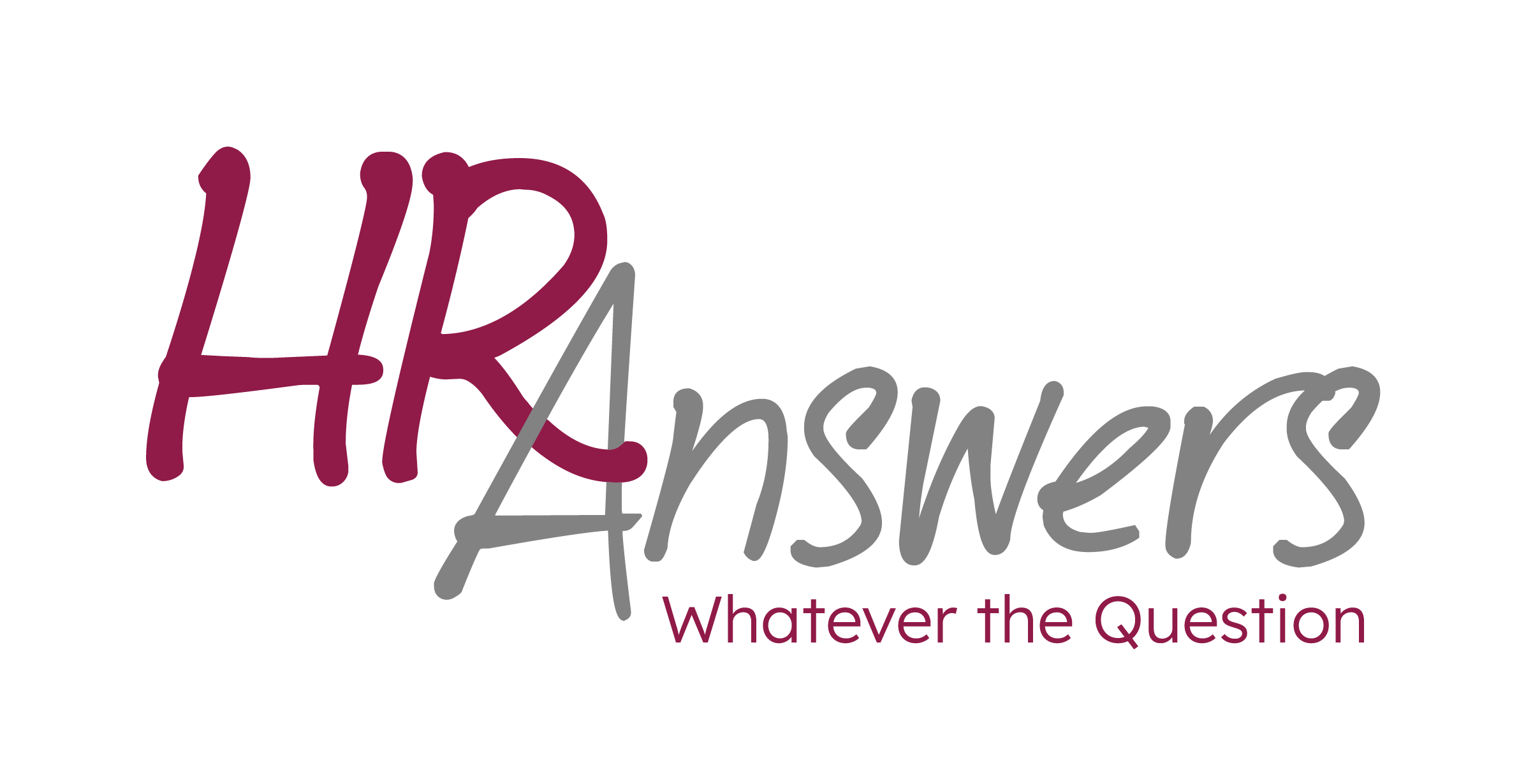A Fresh Start for the Team: Acknowledging Employee Contributions on New Year’s Day
As we bid farewell to the old and welcome the new, New Year’s Day marks a time for reflection, resolutions, and a fresh start. While many individuals focus on personal goals, it’s equally important for organizations to take a moment to celebrate the efforts of their employees. Below we highlight five examples that play a crucial role in fostering a positive work environment.
Consistent Team Collaboration:
In the fast-paced world of business, it’s easy to overlook the everyday teamwork that keeps the wheels turning. Acknowledge those team members who consistently collaborate with their colleagues, share ideas, and contribute to a positive and inclusive work culture. Recognizing the value of teamwork can go a long way in boosting morale and promoting a sense of unity within the organization.
Innovative Problem-Solving:
Innovation is the lifeblood of any successful business, and employees who consistently offer creative solutions to challenges should be celebrated. These individuals may not always be in the spotlight, but their ability to think outside the box and find novel approaches to problems can significantly impact the organization’s success.
Mentorship and Knowledge Sharing:
Employees who go above and beyond to mentor their colleagues or willingly share their knowledge contribute to the growth and development of the entire team. Recognize those who invest time in helping others learn and grow, as their efforts not only benefit individual team members but also contribute to the overall knowledge base of the organization.
Positive Workplace Culture Contributions:
Creating a positive workplace culture is vital for employee satisfaction and productivity. Employees who actively contribute to this culture, whether through organizing team-building activities, promoting a healthy work-life balance, or fostering inclusivity, play a crucial role in shaping a positive and motivating environment. Acknowledging these efforts reinforces the importance of a supportive workplace culture.
Adaptability and Resilience:
In today’s rapidly changing business landscape, adaptability is a key trait. Employees who demonstrate resilience in the face of challenges, adapt to new technologies, and embrace change should be recognized for their contributions. Their ability to navigate uncertainties and stay focused on the organization’s goals is invaluable.
As the clock strikes midnight on New Year’s Eve, take a moment to not only set personal resolutions but also to appreciate the collective efforts of your team. Recognizing and celebrating the often overlooked contributions of employees can strengthen the bond within the organization, inspire continued dedication, and set the stage for a successful and collaborative year ahead. A fresh start for the team begins with acknowledging and valuing the diverse contributions that make the workplace a dynamic and thriving community.






